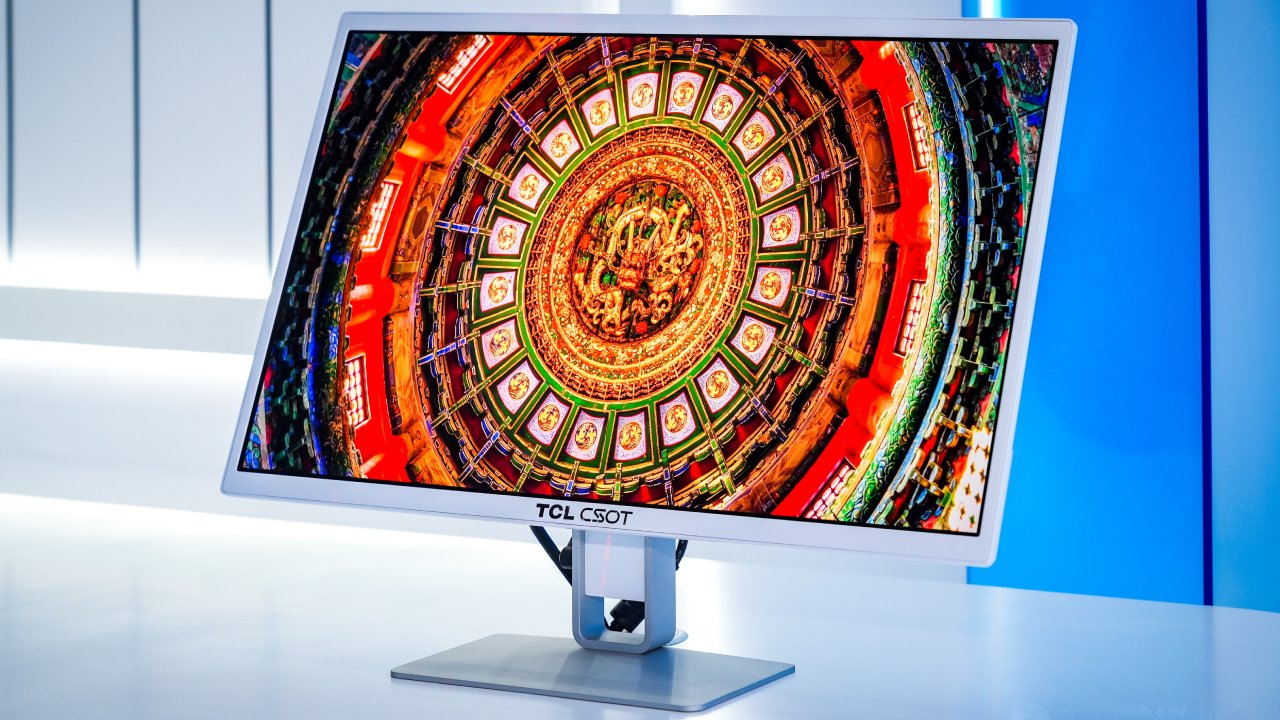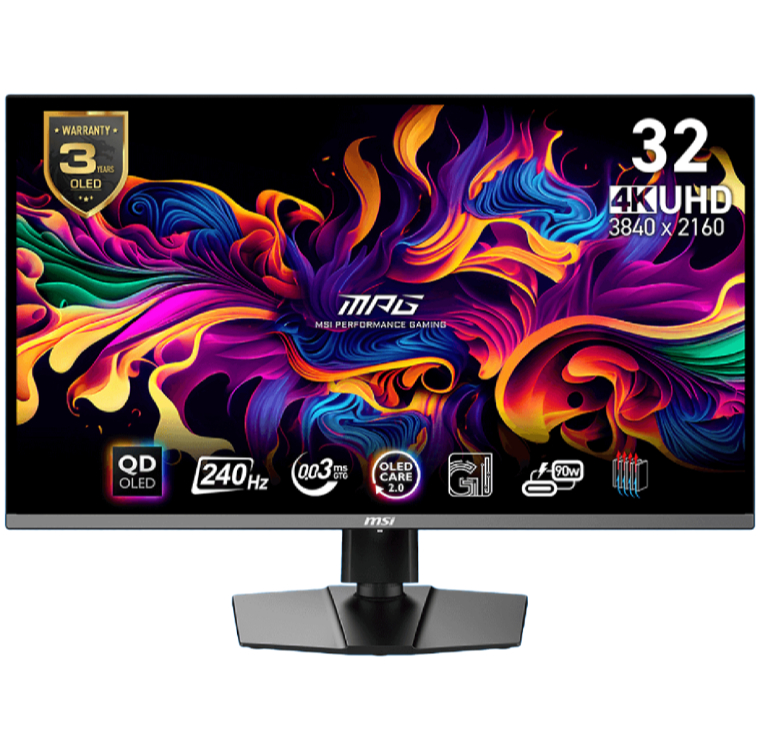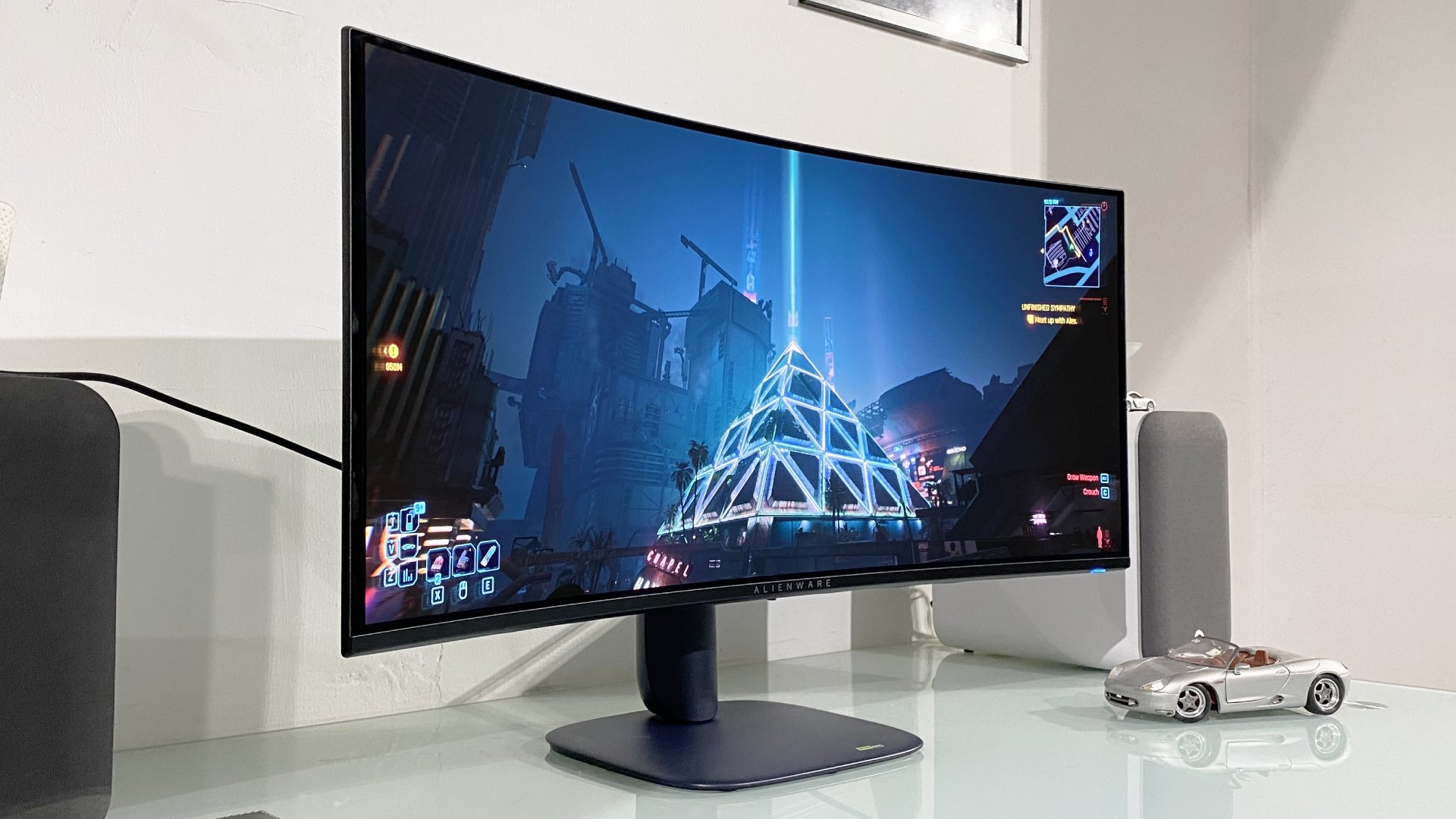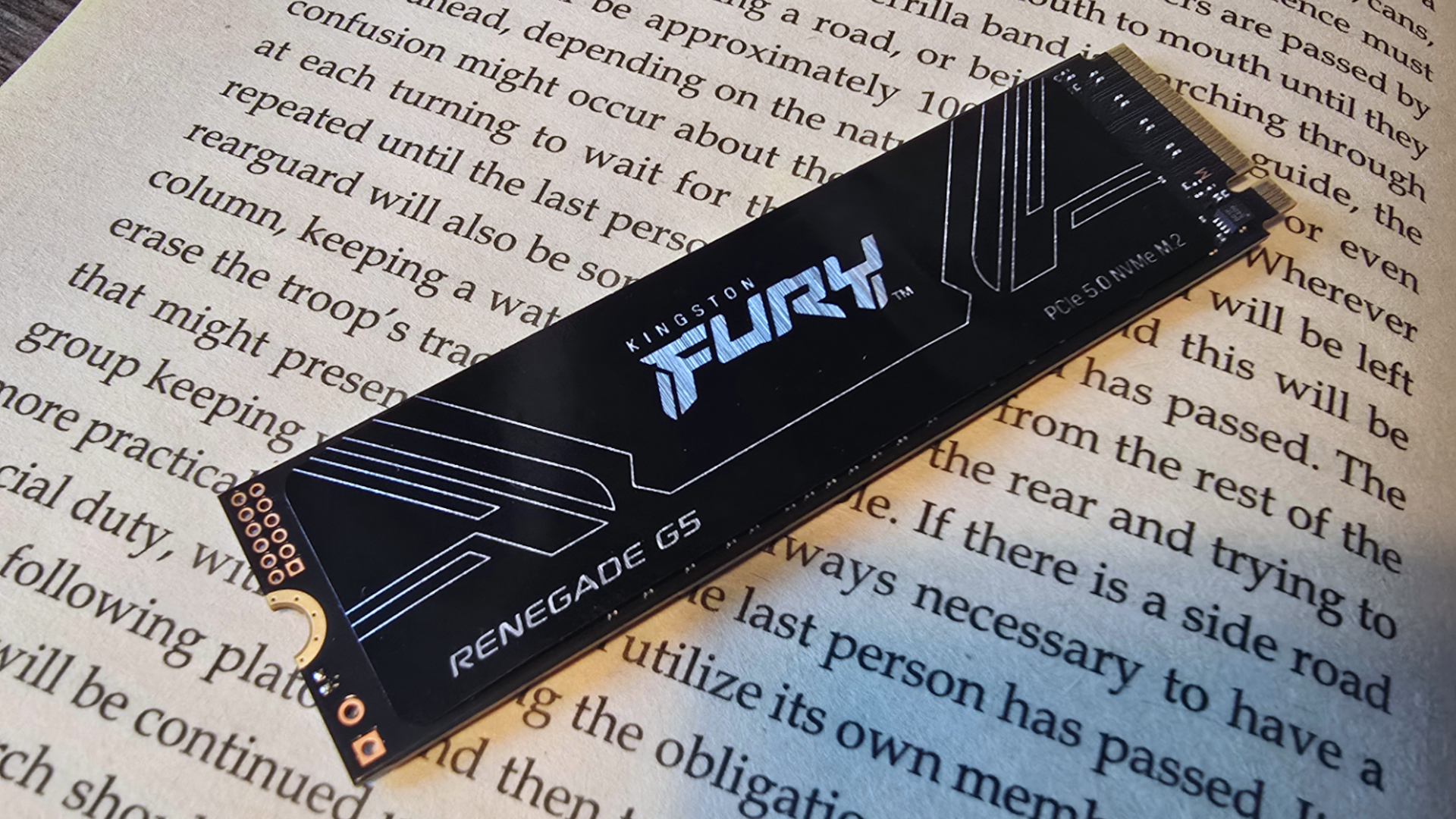TCL's new OLED megafactory is purpose-built to make 'high-end' screens for monitors, laptops and tablets cheaper thanks to a low-cost inkjet manufacturing process
An OLED factory that isn't all about TVs.

As if to confirm my point yesterday that OLED panel tech is far from dead, here comes TCL confirming plans for a new multi-billion-dollar OLED factory. But this is the really exciting bit. Not only will this factory focus on OLED panels for monitors, laptops and tablets, at least at first, but it also uses a novel inkjet manufacturing process to reduce costs.
Currently, virtually all PC monitors with OLED screens are based on panels from just two suppliers—LG and Samsung. This duopoly is obviously never going to be a good thing for pricing and competition. So, the insertion of TCL into the fray is most welcome.
According to flatpanelshd, TCL will invest over $4 billion into to the new facility, known as T8 and located in Guangzhou, China. The factory will use a so-called 8.6-generation production process, creating huge 2.29 by 2.62 metre OLED substrates, which can then be sliced into smaller screens. TCL currently produces OLED panels on the 5.5G process, mainly for smaller displays that go into laptops, tablets and phones.
Aside from the size of the substrate being produced, TCL's new factory is also interesting by virtue of using an inkjet process to "print" the panels. LG and Samsung, by contrast, use the deposition process and apart from all the fine grained technical differences, the main advantage of the inkjet process is lower costs.
It's thought production costs are something in the region of 20% lower with inkjet over deposition, which could translate into lower monitor and laptop prices. Well, it would if it weren't for tariffs, inflation, rare earth mineral disputes and the rest. But at the very least, the argument would be that prices would be even higher via deposition as opposed to inkjet.
Now, before we all get too excited and conflate this news into $50 OLED monitors just in time for the holiday season, there's a long way to go yet. TCL has started work on the factory and mass production is slated for late 2027.
Moreover, we don't have a clear idea how these TCL OLED panels will perform. TCL has said they are pure RGB panels, thus don't have an additional white subpixel as per LG's WOLED technology. But that's about it.
Keep up to date with the most important stories and the best deals, as picked by the PC Gamer team.
However, the fact that TCL is focusing on panels for monitors and laptops is promising. Thus far, we poor PC types have had to wait for LG and Samsung's leftovers, with new OLED panel technologies tending to land first in TVs before trickling down to the PC. If TCL is going PC first, that bodes well, both in terms of advancing OLED technology and competition.
If TCL has its very latest OLED tech out more rapidly than LG and Samsung, perhaps the latter will be encouraged to sharpen their pencils. We can but hope.
I'm also hoping that the focus on PC displays will mean better choice when it comes to high-DPI options. We are now getting some large format high-res OLED monitors, such as the LG Ultragear 45GX950A and the various 4K options. But a few more high-DPI choices, maybe in the ultrawide 34-inch and 40-inch segments, would be welcome, too.

1. Best overall:
MSI MPG 321URX
2. Best 4K:
LG Ultragear 27GR93U
3. Best budget 4K:
Gigabyte M28U
4. Best 1440p:
Xiaomi G Pro 27i
5. Best budget 1440p:
Pixio PXC277 Advanced
6. Best budget 1080p:
AOC Gaming C27G4ZXE
7. Best Ultrawide:
Asus ROG Swift OLED PG34WCDM
8. Best 32:9:
Samsung Odyssey OLED G9
9. Best budget ultrawide:
ASRock Phantom PG34WQ15R2B
10. Best WOLED:
LG Ultragear 32GS95UE
11. Best 1440p OLED:
MSI MPG 271QRX
12. Best budget OLED ultrawide:
Alienware 34 QD-OLED
13. Best dual-mode:
Alienware AW2725QF

Jeremy has been writing about technology and PCs since the 90nm Netburst era (Google it!) and enjoys nothing more than a serious dissertation on the finer points of monitor input lag and overshoot followed by a forensic examination of advanced lithography. Or maybe he just likes machines that go “ping!” He also has a thing for tennis and cars.
You must confirm your public display name before commenting
Please logout and then login again, you will then be prompted to enter your display name.


